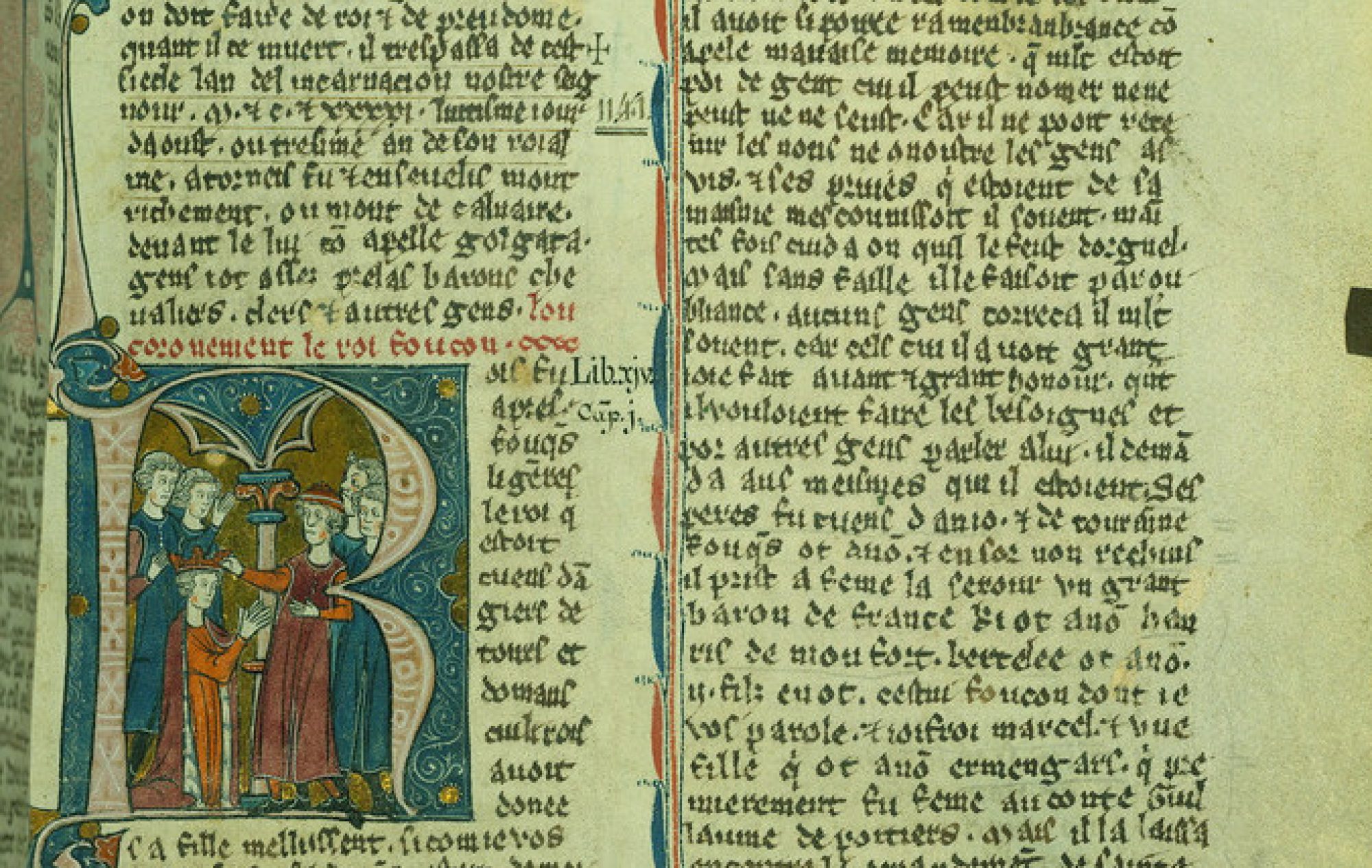Within the depositions of Hugh of Pairaud and Jacques (James) de Molay, the idea of homosexuality within the brotherhood is introduced. Homosexuality throughout the medieval period was extremely frowned upon and was viewed as a serious sin that resulted in torture. In relation to the Templars, several allegations of homosexual behaviour against the Order were made that were unrelated to the main allegation of heresy.1 Some of these alleged offences include illicit kisses on the spine, stomach, buttocks, anus etc.2 However, evidence of this impropriety could possibly be misleading as a result of the misinterpretation of the Templars’ actions. For instance, the Templars would spend significant amounts of time facedown one behind the other during reception ceremonies.3 This could have been misinterpreted as homosexual activity due to the closeness and position of the men. What is more, allegations of immoral and sinful sexual permissions granted by the Templars that arose. Specifically, there was apparent widespread permission that the Templars granted to new members in relation to “homosexual acts within the order: that brothers said to those they received that they could unite carnally with one another.”4 Consequently, these types of allegations supported the potential truth in the confessions made under torture and ultimately contributed to the fall of the Templars. In addition, one theory states that Hugh of Pairaud possible admitted to homosexual improprieties as means of demonstrating that the allegations made towards the Templars were too absurd to be true.5 However, with the rise of possible evidence and extreme homosexual allegations, the confessions were seen to be valid and therefore condemnable. As a result, homosexuality within the medieval period acted was a grave sin that would result in severe punishment. The immoral and sinful connotations it had at the time was significant in the Templars’ trial as it would render them guilty and played a significant role in their downfall.
The information above allows us to deduce the data within the depositions that are veritable. For instance, within the deposition of Hugh of Pairaud, the gravity of homosexuality of the time explains the gravity of the claims against the Templar and how it would lead to their downfall. What is more, the positions of the Templars during ceremonies explains why people would believe that the Brotherhood was involved in sinful sexual conduct. Overall, the historical context of homosexuality allows us to deduce how the allegations against the Templars are skewed and in some ways falsified to bring the order down.
- Anne Gilmour-Bryson, “Sodomy and the Knights Templar.” Journal of the History of Sexuality 7, no. 2 (1996): 156. http://www.jstor.org/stable/3704138.
- Ibid.
- Ibid.
- Ibid.
- Gordon Napier, A to Z of the Knights Templar: A Guide to their History (Stroud, Gloucestershire: The History Press, 2008), 132.
